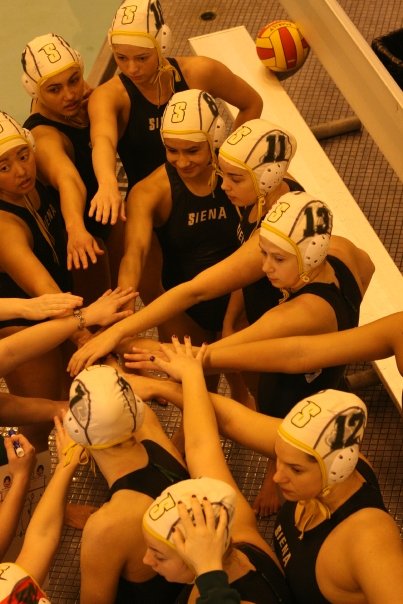9.1 Teamwork and Collaboration

Usually, teams are thought of in terms of sports. For example, the Toronto Maple Leafs of the National Hockey League are a collection of players working to achieve goals (both literally and figuratively) on the ice to achieve success. In addition, there are members of the Toronto Maple Leafs who have different goals off the ice, such as those in the front office who put together an on-ice product that the fans want to see. It also may be marketing group who effectively promote the players to the fan-base, or even the human resources’ team who effectively keeps the intricate aspects of hiring, firing, and payroll afloat in the hockey organization. Regardless of the goals and the duties of the different departments, they all come together as the Toronto Maple Leafs’ team.
A team, according to Katzenbach and Smith, is a group of individuals with complementary skills who work together to accomplish shared goals while holding themselves equally accountable for results[1]. Within the team dynamic, it is important to outline what makes a team truly effective. Some practices have been outlined by Katzenbach and Smith[2]:
- Establish urgency with performance standards.
- Select members based on skill and potential, not personality.
- Pay attention to first meetings and actions.
- Set clear rules of behaviour.
- Set and complete a few immediate tasks and goals.
- Challenge the group with fresh facts and information.
- Spend time together.
- Exploit the power of positive feedback, recognition, and reward.
Within these principals, there are guidelines that create a truly effective team atmosphere. Although a positive personality can be beneficial to the interpersonal side of teamwork, members should be selected based on skill and potential to avoid biases and possible group-think which can cause a negative effect in teams. Another important part of teamwork is setting clear rules of behaviour, especially in the realm of a learning organization. Using an institute of higher learning as an example, the syllabus that a student receives at the beginning of the semester is a guideline of assignments, due dates, and rubrics of expectations for submitted work. Looking more in-depth, a syllabus sets the rules of behaviour for creating accountability in the form of an agreement. This agreement creates checks and balances in which the students check and balance the professor to ensure the content is taught properly and dates are consistent. The professor checks and balances the students so that they complete assignments on time and with the expectation that outcomes are being met according to the assignments’ rubrics (See Figure 1).

Within these principles, there is a sense of accountability being shared between managers and subordinates. This means that both the manager and the subordinates hold each other accountable for their actions within the workplace. This fosters a more cohesive and effective dynamic between all power relationships within teamwork.
Review Questions:
- How do Katzenbach and Smith define a team?
- What is an example of checks and balances within a learning organization?
Within an education context; it is when the students check and balance the outlines from the professor, and the professor checks and balances the expectations of the students

